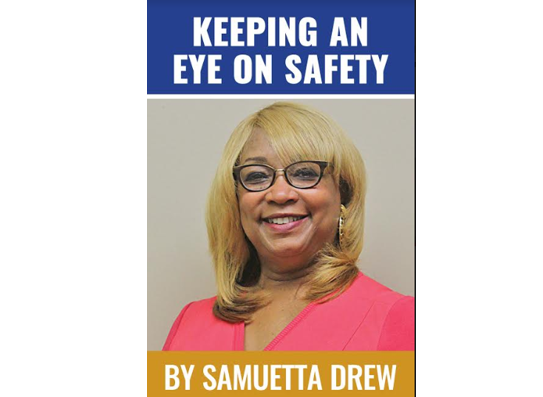By Samuetta Hill Drew
As I began collecting my thoughts based upon the research gathered from the Centers for Disease Control and Prevention (CDC), the Alabama Department of Public Health (ADPH) and other national/local medical and/or scientific organizations, I believed it would be best to focus on the basics about the two-federal authorized COVID-19 vaccines – Pfizer- BioNTech and Moderna. Note, the information provided will come directly from these research sources.
This decision was determined based upon two trains of thought – 1) most Americans have heard or read about the two vaccines, but few were familiar with their particulars and 2) the inauguration on January 20 of a new president who may usher in a different distribution approach. So, let us start with the basics of what is it and how does it work.
Pfizer-BioNTech has been authorized for emergency use in individuals 16 years old and older. It contains no eggs, preservatives, or latex. It is a mRNA vaccine. It is a two-dose vaccine, given 21 days apart. Clinical trial data show the vaccine is 95 percent effective at preventing COVID-19 infection starting seven days after the second dose. Individuals will not be considered fully protected until one to two weeks after they receive the second dose. Clinical trials revealed no anticipated adverse events. The dose is administered by a shot in the muscle of the upper arm. The vaccine arrived in Alabama on Dec. 14, 2020.
In the clinical trials, the side effects that happened within seven days of getting vaccinated were common but were mostly mild to moderate. The most common side effects in the arm where the shot was given were pain, swelling and redness.
The most common side effects throughout the rest of your body were chills, tiredness, and headache. Many of these side effects occurred within a day or two of getting the vaccine. They may even feel like flu symptoms and might event affect your ability to do daily activities, but they should go away within a few days. Side effects like fever, chills, tiredness, and headaches were the most common after the second vaccine dose.
The CDC reports that if you had a severe allergic reaction or an immediate allergic reaction, even if it was not severe, after getting the first dose of the vaccine, you should not get another dose of an mRNA COVID-19 vaccine. An immediate reaction means within four hours. The CDC recommends that individuals allergic to PEG (polyethylene glycol) or polysorbate should not get a mRNA COVID-19 vaccine. The clinical trials data suggested that people who got the Pfizer-BioNTech vaccine were less likely to have more serious outcomes compared to people who got the saline placebo.
The demographic information from clinical trials for Phase 2 and 3 of this COVID-19 vaccine included the following racial and ethnic categories:
•81.9 percent White
•26.2 percent Hispanic/Latin
•9.8 percent African American
•4.4 Asian
•3 percent other
Age and sex breakdown were as follows:
•50.6 percent male
•49.4 percent female
•21.4 percent 65 years and older
The most frequent underlying medical conditions were obesity (35.1 percent), diabetes (8.4 percent), and pulmonary disease (7.8 percent ).
To Keep an Eye on Safety while you wait on your two vaccine doses, continue to practice COVID-19 safety measures always.





